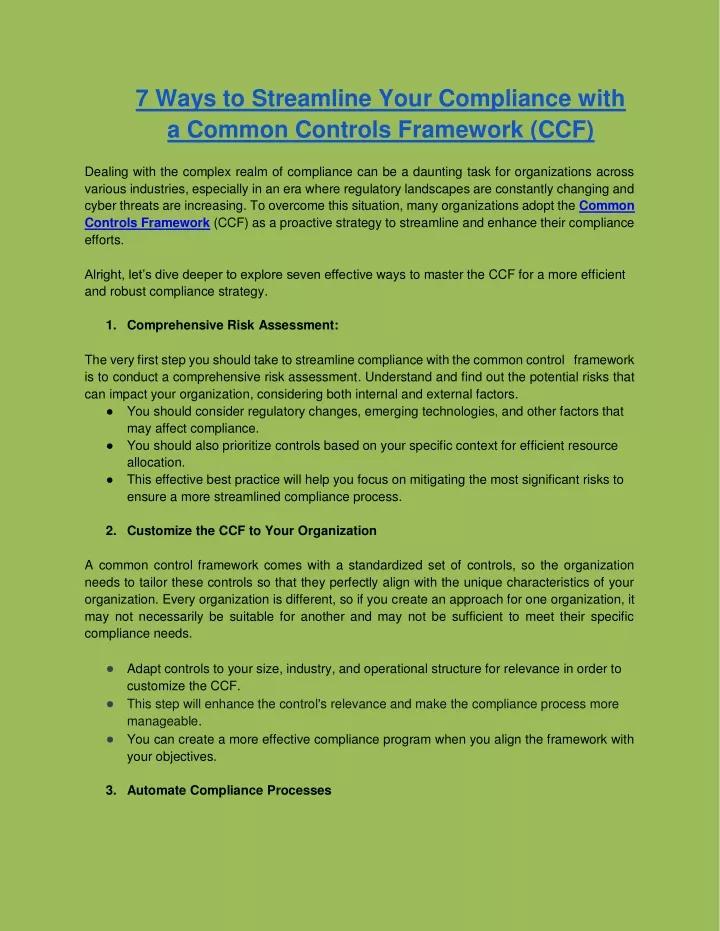In the intricate dance of global finance, where borders blur and markets intertwine, the symphony of compliance plays a crucial role. As businesses expand their reach across multiple jurisdictions, the challenge of managing financial compliance becomes a complex yet essential endeavor. This article delves into the best practices for navigating this multifaceted landscape, offering a roadmap for organizations striving to maintain harmony amidst a cacophony of regulations. With an authoritative lens, we explore strategies that not only ensure adherence to diverse legal frameworks but also empower businesses to thrive in an ever-evolving global economy. Whether you’re a seasoned compliance officer or a burgeoning multinational entity, these insights will equip you with the tools to master the art of financial compliance across borders.
Navigating the Complex Landscape of Global Financial Regulations
In the ever-evolving realm of global finance, organizations face the daunting task of ensuring compliance with a myriad of regulatory frameworks. To effectively manage financial compliance across multiple jurisdictions, companies must adopt a strategic approach that balances local nuances with overarching global standards. Centralizing compliance management can streamline processes and enhance oversight, allowing for a more cohesive strategy that accommodates diverse regulatory requirements. This involves establishing a robust internal framework that includes:
- Comprehensive Risk Assessment: Regularly evaluate potential compliance risks specific to each jurisdiction, ensuring proactive mitigation strategies are in place.
- Localized Expertise: Employ or consult with professionals who possess in-depth knowledge of local regulations to ensure accurate interpretation and implementation.
- Technology Integration: Leverage advanced compliance software and tools to automate monitoring and reporting, reducing the risk of human error.
- Continuous Training: Implement ongoing training programs for staff to keep them informed of regulatory changes and best practices in compliance management.
By fostering a culture of compliance and maintaining a flexible yet structured approach, organizations can adeptly navigate the complexities of global financial regulations, safeguarding their operations and reputation across borders.

Crafting a Unified Compliance Strategy for Diverse Jurisdictions
In the intricate landscape of global finance, organizations must deftly navigate the complex web of regulatory requirements that vary significantly across borders. To effectively manage compliance across multiple jurisdictions, it is crucial to establish a centralized compliance framework that serves as the backbone of your strategy. This framework should be flexible enough to adapt to local nuances while maintaining a cohesive approach to compliance management. Consider implementing the following best practices:
- Centralized Oversight: Establish a core compliance team that oversees global operations, ensuring consistency in policy application and facilitating communication between local and global compliance officers.
- Localized Expertise: Engage local experts who possess a deep understanding of regional regulations and can provide insights that inform the global strategy.
- Technology Integration: Leverage advanced compliance management software that supports multi-jurisdictional requirements, automating processes and providing real-time updates on regulatory changes.
- Regular Training: Conduct continuous training programs for employees across all jurisdictions to ensure they are well-versed in both global standards and local regulations.
By embracing these practices, organizations can not only achieve compliance but also foster a culture of integrity and accountability that transcends geographical boundaries.

Leveraging Technology to Streamline Cross-Border Compliance Efforts
In today’s interconnected global economy, effectively managing financial compliance across various jurisdictions can be a daunting task. However, by leveraging cutting-edge technology, businesses can streamline these efforts and ensure adherence to diverse regulatory requirements. Automation plays a crucial role in this process, allowing organizations to handle large volumes of data efficiently and reduce the risk of human error. By implementing compliance management software, companies can automate routine tasks such as data collection, reporting, and monitoring, freeing up valuable resources to focus on strategic decision-making.
Moreover, adopting cloud-based solutions offers unparalleled flexibility and scalability, enabling businesses to adapt quickly to changing regulations across different regions. These platforms facilitate real-time collaboration among global teams, ensuring that compliance efforts are consistent and up-to-date. Furthermore, artificial intelligence and machine learning can be employed to analyze complex data sets, identify patterns, and predict potential compliance risks. By integrating these technologies, organizations can proactively address compliance challenges, maintain transparency, and foster trust with stakeholders across borders.
Building a Robust Compliance Culture Across International Teams
In the intricate landscape of international finance, establishing a resilient compliance culture is not just a necessity but a strategic advantage. Cross-border operations demand a nuanced understanding of diverse regulatory environments, necessitating a proactive approach to compliance management. Here are some key strategies to fortify your compliance framework:
- Unified Compliance Policies: Develop a comprehensive set of compliance policies that align with global standards while allowing for local adaptations. This ensures consistency across all jurisdictions.
- Regular Training Programs: Implement ongoing training sessions tailored to each region’s specific regulatory requirements. This not only keeps your team informed but also fosters a culture of compliance awareness.
- Localized Expertise: Engage local compliance experts who understand the intricacies of regional laws and can provide insights into navigating complex regulatory landscapes.
- Technological Integration: Leverage technology to streamline compliance processes, from automated reporting systems to real-time monitoring tools, ensuring swift adaptation to regulatory changes.
By embracing these practices, organizations can build a robust compliance culture that not only mitigates risks but also enhances operational efficiency and fosters trust across global markets.





